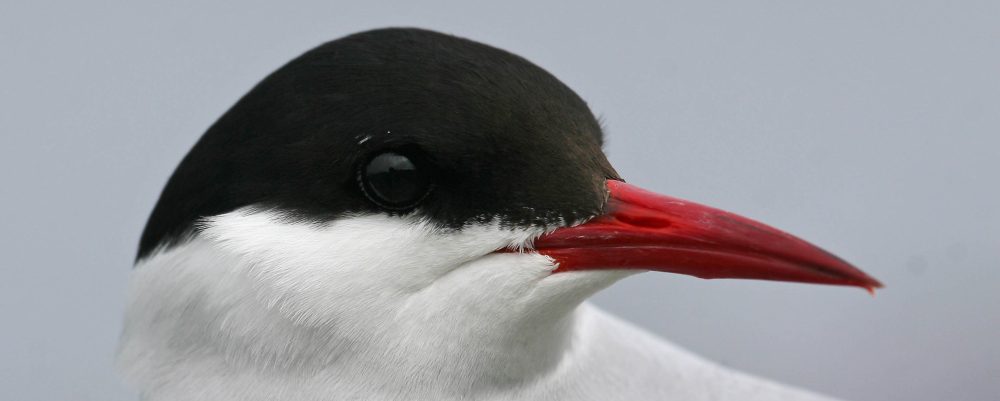After the first breeding a few years ago spoonbills are now very much a part of the Norfolk bird-scape. On tours last week it didn’t matter where we went, east , west, coast, Brecks or Broads there they were. These two, an adult and a rather vocal begging youngster, were at Holme.
Monthly Archives: Aug 2017
A Mothers Love
Young life is precious. I was on Madeira a couple of months ago. Well, to be accurate I was at sea off the south west corner of of the island. We came across a very young Sperm Whale. It was flanked by two grown up females. Presumably one was it’s mother; the other maybe an aunt or sister. This is an animal with the largest brain of any organism on earth including ourselves. This complicated and advanced species has a developed social infrastructure. Any which ways it was obvious this young fella was being protected and defended from all comers.
Turn Turtle
The way we treat our land and the wildlife that occupies it is coming to a watershed. Some would say we have already reached a point of no return. One bird that has become very scarce in the UK is the Turtle Dove. A massive reduction in numbers has been caused by insecticides in the UK, destruction of their wintering habitat in Africa and sky pointed guns in the Mediterranean. This is a bird that’s onto a loosing streak wherever it goes.
This summer a pair have sought breeding sanctuary at Titchwell RSPB here on the north Norfolk coast and have been frequently visible in the car park. I photographed one there last week. Reading old copies of the Norfolk Bird and Mammal Report it wasn’t uncommon to see hundreds during a day on the coast. It’s been a long time since I’ve seen a sizeable flock of these birds. Do I think they will be seen again in the UK in those numbers? No; but we can hope.
Magnificent Beast
Charming Choughs and Delightful Dolphins
As one of my guests put it this weekend: “Charming Choughs and Delightful Dolphins”. She was referring to the Wild Weekend in Wales tour we were on. We got to see both Choughs and Bottlenose Dolphins. Among everything else we saw for me it has to be the Red Kites that topped the list. They are so enigmatic and powerful. To see 250+ of these birds wheeling in a kettle above us is just one of the UK’s wildlife spectacles. Next year’s tour is up on the website and open for bookings.
Flity
Foodsource
On the Butterfly Tour last week we encountered a tree full of Purple Hairsteaks. Now anyone familiar with these butterflies will know that watching them usually requires a considerable amount of ‘neck craning’. More frequently that not they are in the very tops of trees. Not so this tree-full. They were more than obliging; coming down to bask in the sheltered sunshine on an Ash tree.
Now, I’m reliably told Purple Hairstreaks don’t as a matter of course visit Ash. They are more associated with Oak and indeed there were Oaks nearby. However apparently they will visit Ash to take the sugary honeydew secreted by Aphids. Aphids being particularly fond of Ash. Well I searched that tree carefully and I couldn’t find a single aphid. Although I did see the hairstreaks sipping the sap from the tree at leaf buds.
We encountered 23 species of butterfly during the day; perhaps a little below what we could have expected had the cloud not set in during the afternoon. Next years day is up for grabs if you wish to come along make a booking https://www.wildlifetoursandeducation.co.uk/tours/special-day-tours/
Kelling Heath and the Chalk Reef
Snouty
The Common Shrew is one of the two most commonest mammals in the UK. However despite that they are hardly ever seen; most often observed by cat owners or clutched in the talons of Barn Owls and Kestrels. They are without doubt elusive. When you are just a couple of inches long I guess it pays not to put yourself on general show.
It was Phil who pointed out the grass moving as we returned to the vehicle. We were out on tour in the overflow car park at Hickling NWT. The twitching grass yielded this little fella. Nose or what?
National Whale and Dolphin Watch (NWDW)
We’ll be holding this year’s Norfolk’s Sea Watch Foundation National Whale and Dolphin Watch (NWDW) tomorrow (Sunday 6th August) 11am to 5pm from the broken bench on the eastern side of The Promenade at Overstrand. NR27 0NG If you would like to join us for a while to see if we can find a cetacean or two it would be appreciated. With a couple, if not more, whales seen offshore this week it may prove productive!











